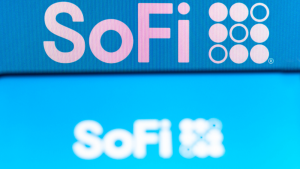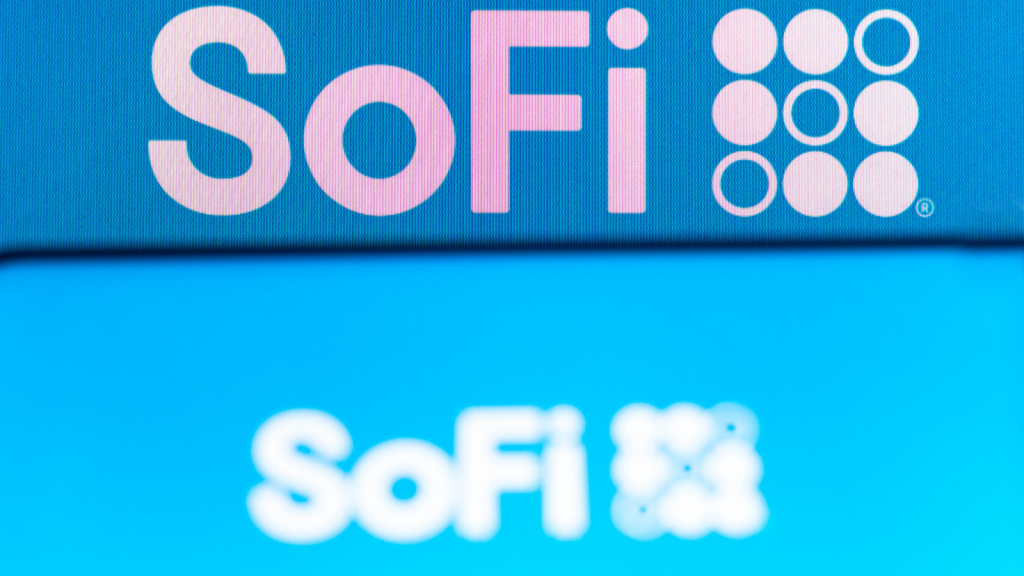- SoFi Technologies (NASDAQ:SOFI) stock has fallen 46% year-to-date and over 63% since early November 2021
- Investors are worried that lending will fall, margins will be squeezed and revenue drops as the Fed starts raising interest rates
- Investors should consider that the stock reflects maximum pessimism and react accordingly

Since the beginning of 2021, Sofi stock is now down over 46% to $8.51 as of mid-day March 16, and over 63% since its recent peak at $23.29. This shows the huge fear the market has about the upcoming Fed interest rate hikes.
Federal Reserve Chairman Jerome Powell told Congress on March 2 that the US central bank intended to raise rates by 25 basis points. The market already assumes that a series of rate hikes will roll out. Fortune magazine recently wrote that Wall Street predicts as many as 7 rate hikes, each 25 basis points. That works out to an increase in interest rates of 1.75% (i.e., 7 x 0.25%).
| SOFI | Sofi Technologies | $8.57 |
How Rate Hikes Could Affect Sofi Technologies
Recently Sofi received a national bank charter allowing it to make loans throughout the U.S. As I discussed recently, this significantly lowers its funding costs going forward.
For example, from now on it can offer bank deposits and use those on a fractional reserve basis to make loans throughout the country. Prior to this, it had to fund loans through debt instruments, and then it sold off the loans, servicing the loans for a fee.
However, with interest rates rising, investors are concerned that the company’s lending margins may be squeezed. Higher rates it pays out on deposits might not lead to higher lending rates. And even if they do, which is often what banks do when their funding costs go up, borrowers are less willing to take up loans at these rates. This especially applies to rate-sensitive sectors such as mortgage lending.
This is completely understandable. For example, even if a 30-year mortgage rate rises from 4.125% to 4.85% for $320,000 (i.e., 20% down on a $400,000 purchase), the monthly payment rises from $1550.98 to $1,660. This works out to a 7% increase in payments monthly. That is if the rates rise by 75 basis points over the next three months.
This is not a welcome event for borrowers and they are likely to be more inclined to wait until rates start to fall, especially if they have options.
Where Sofi Technologies Finances Stand
On March 1, Sofi Technologies reported its earnings for the fourth quarter and 2021, with good revenue and profit growth. Revenue was up 67% year-over-year, but indications of profitability were worse than a year earlier.
For example, the lending company reported that its Q4 net loss rose from $82.6 million to $111 million. Moreover, its adjusted EBITDA (earnings before interest, taxes, taxes, depreciation, and amortization) fell from $11.8 million to $4.59 million.
The good news here is that at least these numbers were positive (not losses). But the bad news is that $4.6 million in EBITDA represents just 1.6% of its $279.9 million in adj. revenue. That is a very low margin, which has been declining.
Full-year 2021 adj. revenue was 63% higher to $1.01 billion, and adj. EBITDA was $30.2 million for the year. That works out to a 3% full year EBITDA margin.
What to Do With SOFI Stock
Analysts now forecast revenue will rise 51% to $1.53 billion in 2022, according to Refinitiv’s analyst survey (published by Yahoo! Finance). Assuming the company makes a 3% adj. EBITDA margin again this year, which would raise its profits to $45.9 million.
Therefore, at 200 times adj. EBITDA (the current P/EBITDA is currently 227), the target market cap would be $9.18 billion (i.e., 200 x $45.9m). That represents a potential upside of 34% over March 16’s $6.829 billion market capitalization.
It also represents a price-to-sales multiple of just 6.0 times (i.e., $9.18b/$1.53b) based on estimates for 2022 revenue.
That implies that SOFI stock could trade at $11.40 per share or 34% over March 16’s price. That suggests that there is still good upside left in the stock, despite the concerns about rising interest rates. A good deal of bad news is already taken into account in March 16’s price.
On the date of publication, Mark Hake did not hold (either directly or indirectly) any positions in the securities mentioned in this article. The opinions expressed in this article are those of the writer, subject to the InvestorPlace.com Publishing Guidelines.
